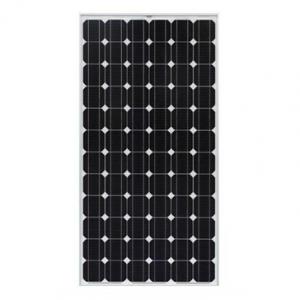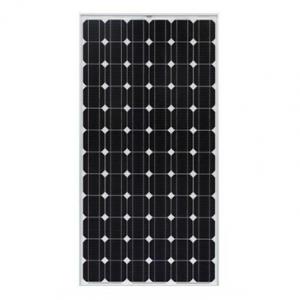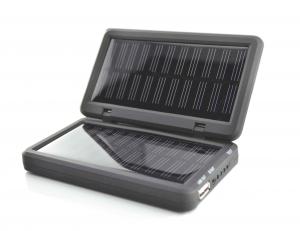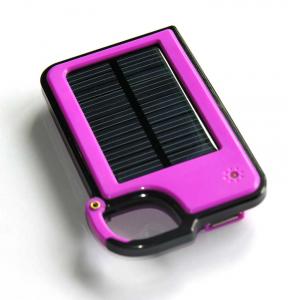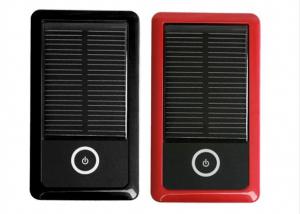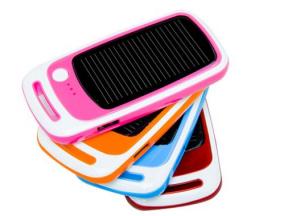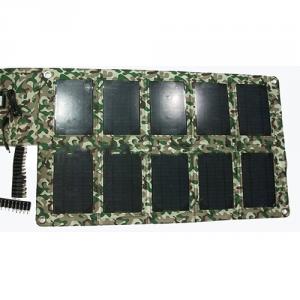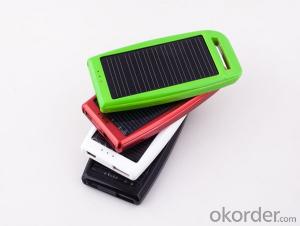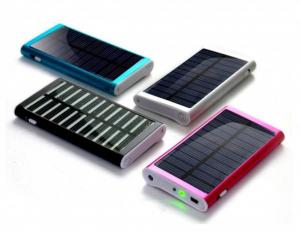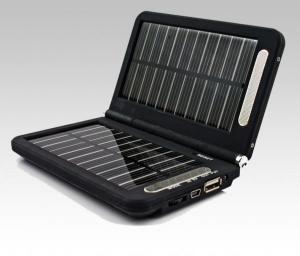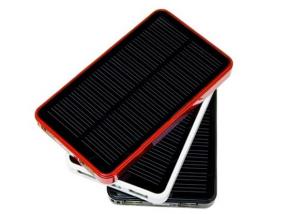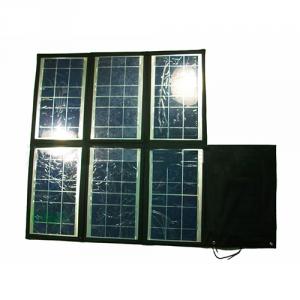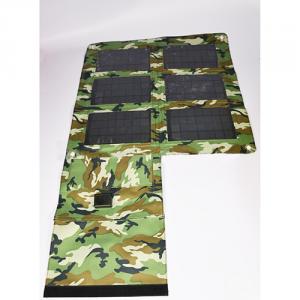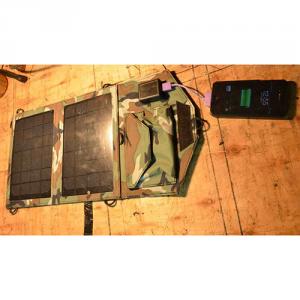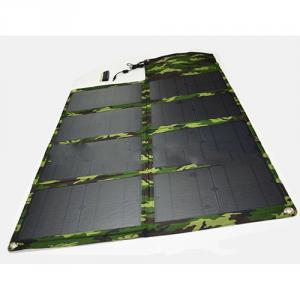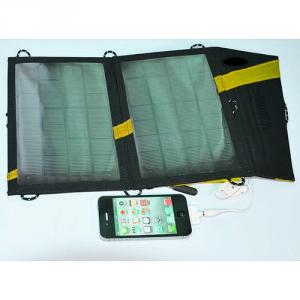Solar Module Mono-crystalline 195W 125*125 Module
- Loading Port:
- China Main Port
- Payment Terms:
- TT or LC
- Min Order Qty:
- -
- Supply Capability:
- -
OKorder Service Pledge
OKorder Financial Service
You Might Also Like
Solar Module Descriptions:
A solar panel, or photovoltaic PV module, is a device that is composed of solar cells and which, when struck by photons of light from the sun, generates an electrical current which can then be used to power DC or AC electrical loads.
We are one of the well known manufacturers and suppliers of an extensive range of solar module. Entire range of our products is well checked before offering to the clients to ensure that our products are free from any defect. Our products are delivered within the stipulated time frame. These solar module are available for outdoor applications. Our solar module are designed as per the set industry standards and can be bought at market leading Available with us in various dimensions, these modules are stringently tested under define parameters before the final dispatch by our professional who hold rich industry experience in this domain.

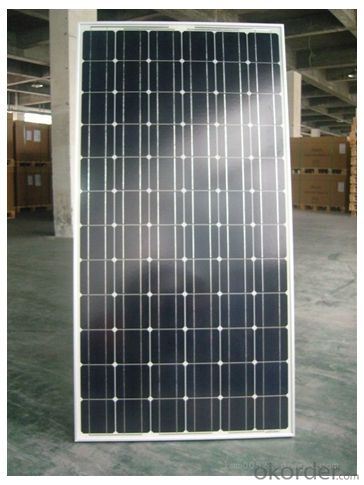

Electrical Characteristics
Module Power (W) | 195> Pm |
Max –Power (W) | 190 |
Max-Power Voltage (V) | 36.75 |
Max-Power Current (A) | 5.31 |
Open-Circuit Voltage (V) | 45.4 |
Short-Circuit Current (A) | 5.7 |
Module Efficiency (%) | 15.3 |
Max-System Voltage (VDC) | 600V(UL)/1000V(IEC) |
Max. Series Fuse (A) | 10 |
Pm Temperature Coefficients (%/℃) | -0.4601 |
Isc Temperature Coefficients (%/℃) | 0.0981 |
Voc Temperature Coefficients (%/℃) | -0.5186 |
NOCT Nominal Operating Cell Temperature (℃) | 45+ 2 |
Maximum load rating ( Pa) | 5400 |
Mechanical Characteristics
Cable type, Diameter and Length | 4mm2, TUV certified, 1000mm |
Type of Connector | Compatible with MC4 plug |
Arrangement of cells | 6*12 |
Cell Size | 125*125 |
Dimension | 1580*808*40 |
Weight | 15.5Kg |
No. of Draining Holes in Frame | 10 |
Glass, Type and Thickness | High Transmission, Low Iron, Tempered Glass 3.2mm |
Features
Guaranteed positive tolerance 0/+5w ensures power output reliability
Strong aluminum frames module can bear snow loads up to 5400Pa and wind loads up to 2400Pa.
Excellent performance under low light environments (mornings evenings and cloudy days)
12 years for product defects in materials and workmanship and 25 years for 80% of warranted minimum power.
Certifications and standards: IEC 61215.
Manufactured according to International Quality and Environment Management System (ISO9001, ISO14100).
FAQ
Q: Do you have any MOQ limit?
Our MOQ is 200 pieces.
Q: How long is the warranty period for the solar modules?
15 years 90% of its nominal power rating.
25 years 80% of its nominal power rating
Q: What kind of loads can I run on PV?
With a correctly designed PV system you can power almost any electrical load. However, as the load size increases the expense also increases. Loads like hot water heaters, air conditioners, room heaters and electric stoves should be avoided. The added cost of trying to power loads like these is very cost prohibitive. If these loads have to be powered it will be a lot less expensive to change the appliance to use an alternative fuel type like propane.
Q: When do I need a charge controller and why?
The safest way to figure out if you need a charge controller is to take Battery Amp Hour Capacity and divide this by the Solar Panel max. power amp rating. If the quotient is above 200, you don't need a controller. If the number is less than 200 than you need a controller.
Q: What is PV & how does it work?
PV stands for photovoltaic. Photo = Light and Voltaic = Electricity. A solar cell converts light to electricity.
A solar cell is made of silicon. Computer chips are made of this same material. Basically, when light strikes the surface of a solar cell some of it is absorbed into the silicon. This light energy bumps the electrons loose and causes energy to flow.
By packaging approximately 36 solar cells together a solar panel or a solar module is created. When you have more then one solar panels you create a solar array.
- Q:Are there any safety precautions when using solar chargers?
- Yes, there are safety precautions to consider when using solar chargers. It is important to ensure that the charger is compatible with the device you are charging and to follow the manufacturer's instructions. Avoid exposing the charger to extreme temperatures or moisture, as it may damage the device or pose a safety risk. Additionally, it is recommended to use the charger in a well-ventilated area and avoid overcharging the device, as it may lead to overheating or battery damage.
- Q:Can solar chargers charge electric irons?
- No, solar chargers are not typically designed to charge electric irons as they require a higher power output than what solar chargers can provide.
- Q:How do I protect my solar charger from theft during outdoor activities?
- There are a few steps you can take to protect your solar charger from theft during outdoor activities. Firstly, consider using a lock or securing device to anchor your charger to a fixed object, such as a tree or a sturdy piece of furniture. Additionally, you can camouflage your charger by concealing it within your belongings or using items that blend in with the surroundings. It's also advisable to keep a close eye on your charger and avoid leaving it unattended for long periods of time.
- Q:What are the best solar chargers for remote research expeditions?
- The best solar chargers for remote research expeditions are typically lightweight, durable, and have high power output. Some top options include the Goal Zero Nomad 28 Plus, Anker PowerPort Solar Lite, and the BioLite SolarPanel 10+. These chargers are designed to withstand harsh environments, provide efficient charging, and are portable enough for expeditions.
- Q:Do solar chargers have any durability limitations?
- Yes, solar chargers do have durability limitations. While they are designed to withstand outdoor conditions, prolonged exposure to extreme weather conditions such as heavy rain, extreme heat, or freezing temperatures can potentially damage the charger's components over time. Additionally, the efficiency of solar panels may decrease gradually with regular use and exposure to sunlight, which can affect their overall performance and lifespan. Therefore, it is important to handle and store solar chargers with care and avoid exposing them to harsh environmental conditions for extended periods.
- Q:Can I use a solar charger to charge my portable microphone?
- Yes, you can use a solar charger to charge your portable microphone as long as the microphone is compatible with the charging capabilities and voltage output of the solar charger.
- Q:Can I use a solar charger to charge my Bluetooth headphones?
- Yes, you can use a solar charger to charge your Bluetooth headphones as long as the headphones have a USB port for charging and are compatible with the voltage and current output of the solar charger.
- Q:Can solar chargers charge multiple devices at once?
- Yes, solar chargers can charge multiple devices at once, provided they have multiple charging ports or the necessary adapters to connect multiple devices simultaneously.
- Q:Do solar chargers have any power limitations?
- Yes, solar chargers do have power limitations. The power output of a solar charger depends on various factors such as the size and efficiency of the solar panels, the amount of sunlight available, and the charging capacity of the battery or device being charged. Additionally, solar chargers may not be able to generate sufficient power in low light conditions or during cloudy weather, which can limit their charging capabilities.
- Q:Can I use a solar charger to charge my portable baby swing?
- Yes, you can use a solar charger to charge your portable baby swing. However, it is essential to ensure that the solar charger you choose is compatible with the voltage and charging requirements of your baby swing. Additionally, you may need to consider the charging time and availability of sunlight to ensure a reliable power source for your baby swing.
1. Manufacturer Overview |
|
|---|---|
| Location | |
| Year Established | |
| Annual Output Value | |
| Main Markets | |
| Company Certifications | |
2. Manufacturer Certificates |
|
|---|---|
| a) Certification Name | |
| Range | |
| Reference | |
| Validity Period | |
3. Manufacturer Capability |
|
|---|---|
| a)Trade Capacity | |
| Nearest Port | |
| Export Percentage | |
| No.of Employees in Trade Department | |
| Language Spoken: | |
| b)Factory Information | |
| Factory Size: | |
| No. of Production Lines | |
| Contract Manufacturing | |
| Product Price Range | |
Send your message to us
Solar Module Mono-crystalline 195W 125*125 Module
- Loading Port:
- China Main Port
- Payment Terms:
- TT or LC
- Min Order Qty:
- -
- Supply Capability:
- -
OKorder Service Pledge
OKorder Financial Service
Similar products
New products
Hot products
Related keywords
